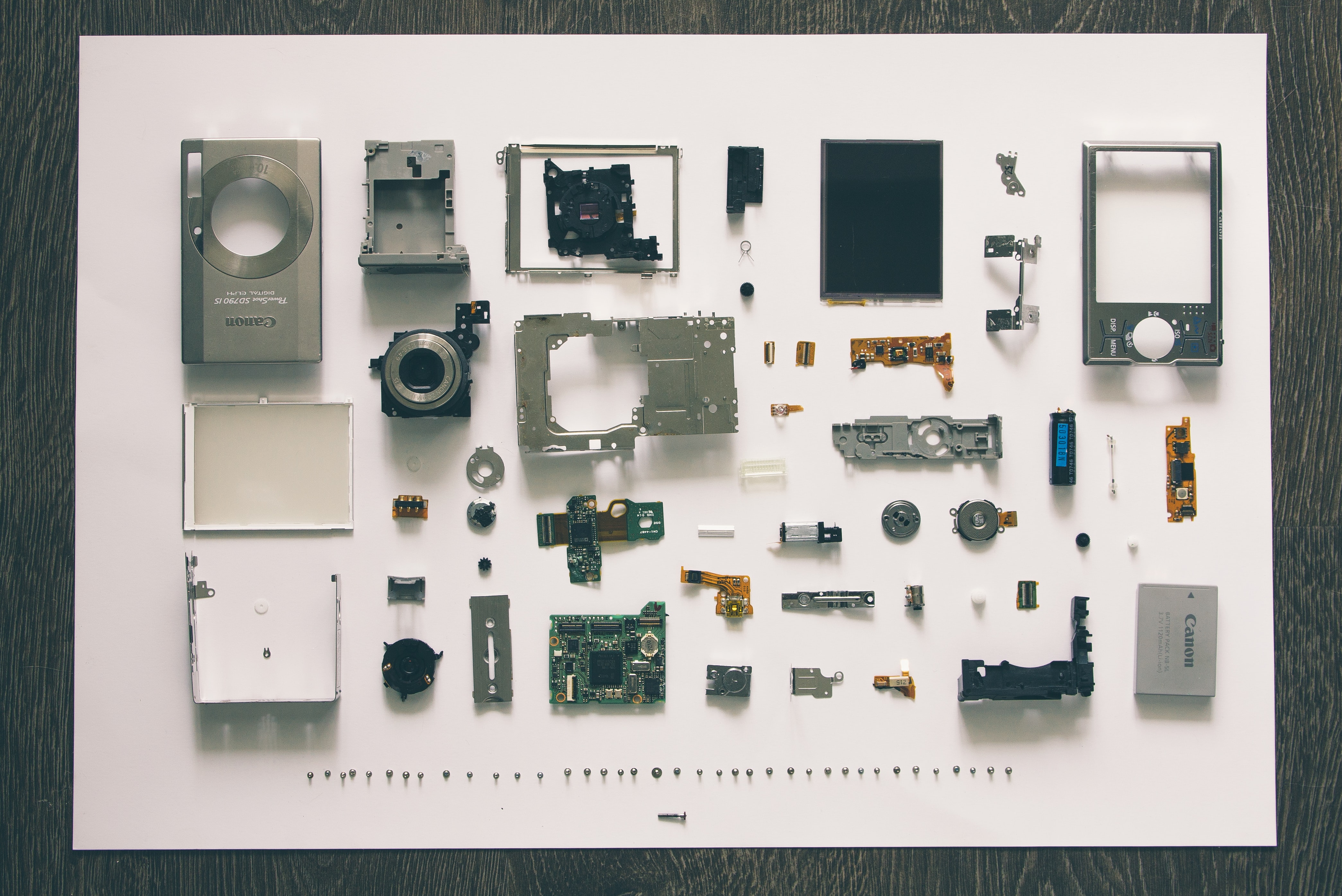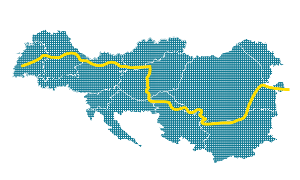New legislation related to CiE
Submitted by Antonia Bozic Cerar, Chamber of Commerce and Industry of Slovenia
Most EU state administrators are still finalising the implementation of the set of changes to the waste directives published at the end of May in 2018, envisioned to support the transition towards a circular economy, as was anticipated in the 2015 published Circular Economy Action Plan titled “Closing the loop”.
The MOVECO project specifically targeted the operation of extended producer responsibility schemes in the Danube area, as they form an essential part of efficient waste management and opportunity to support the transition to a mora circular economy, especially in some important municipal waste streams. However, their effectiveness and performance of these schemes differ significantly between Member States.

The significant measures to implement the action plan were designated in Directive (EU) 2018/851 amending Directive 2008/98/EC on waste, which set minimum operating requirements for such extended producer responsibility schemes, in particular for end-of-life vehicles, (waste) electrical and electronic equipment, (waste) batteries and accumulators as well as (waste) packaging. The 2018 directive outlines general minimum requirements for extended responsibility producer schemes intended to reduce costs and boost performance, as well as ensure a level playing field, including for small and medium-sized enterprises and e-commerce enterprises, and avoid obstacles to the smooth functioning of the internal market. Through the requirements, end-of-life costs should be incorporated into product prices and provide incentives for producers, when designing their products, to take better into account recyclability, reusability, reparability and the presence of hazardous substances. Overall, the requirements should improve the governance and transparency of extended producer responsibility schemes.

A little over a year later, in 2019, Directive (EU) 2019/904 on the reduction of the impact of certain plastic products on the environment, more popularly known as the single used plastics or SUP directive followed. The directive targets a diverse range of commonly used fast-moving consumer products that are discarded after having been used once for the purpose for which they were provided, are rarely recycled, and are prone to becoming litter, especially sea litter. The SUP directive targets certain packaging products, complementing to a certain degree, one of the objectives of the European Strategy for Plastics, published in the beginning of 2018, to ensure that by 2030 all plastic packaging placed on the Union market is re-usable or easily recycled. Examples of so-called SUP are certain packaging products including beverage bottles or composite beverage packaging used for beer, wine, water, liquid refreshments, juices and nectars, instant beverages or milk, fast-food containers or meal, sandwich, wrap and salad boxes with cold or hot food, or food containers of fresh or processed food that does not need further preparation, such as fruits, vegetables or desserts. SUPs are also so-called service packaging such as plastic cups for beverages, caps and lids, plates, cutlery, plastic straws, beverages stirrers and light weight plastic carrier bags. In addition to packaging products, the directive also targets sanitary products, such as wet wipes, sanitary towels (pads), tampons and tampon applicators. Included as SUPs are also balloons, their plastic holders, tobacco product filters and even fishing gear. It is evident that the SUPs directive targets a wide range of products. Different measures including consumption reduction, restrictions on placing on the market, product design and marking requirements, extended producer responsibility, separate collection and awareness raising measures are targeted at different product groups. Most measures, with the exemption of extended producer requirements, which must be implemented by July 2024, should be enforceable in member states by July 2021. In the first half of March this year a new Circular Economy Action Plan titled “For a cleaner and more competitive Europe” was published. The new Action Plan announces initiatives along the entire life cycle of products, targeting for example their design, promoting circular economy processes, fostering sustainable consumption, and aiming to ensure that the resources used are kept in the EU economy for as long as possible. It introduces legislative and non-legislative measures targeting areas where action at the EU level brings real added value.

While the first action plan focused on waste and especially municipal waste, mentioning the importance of product design through extended producer responsibility; the new plan is ever more oriented towards better product design, presenting measures to: make sustainable products the norm in the EU; empower consumers and public buyers; focus on the sectors that use most resources and where the potential for circularity is high such as: electronics and ICT; batteries and vehicles; packaging; plastics; textiles; construction and buildings; food; water and nutrients; ensure less waste; make circularity work for people, regions and cities and lead global efforts on circular economy.
.

